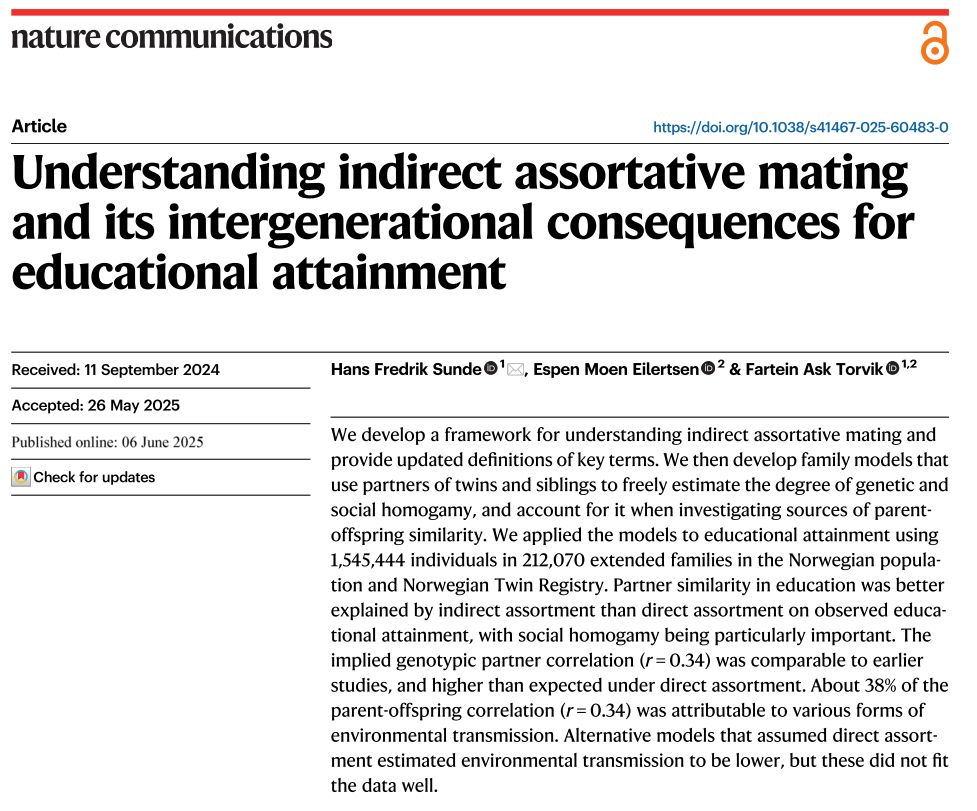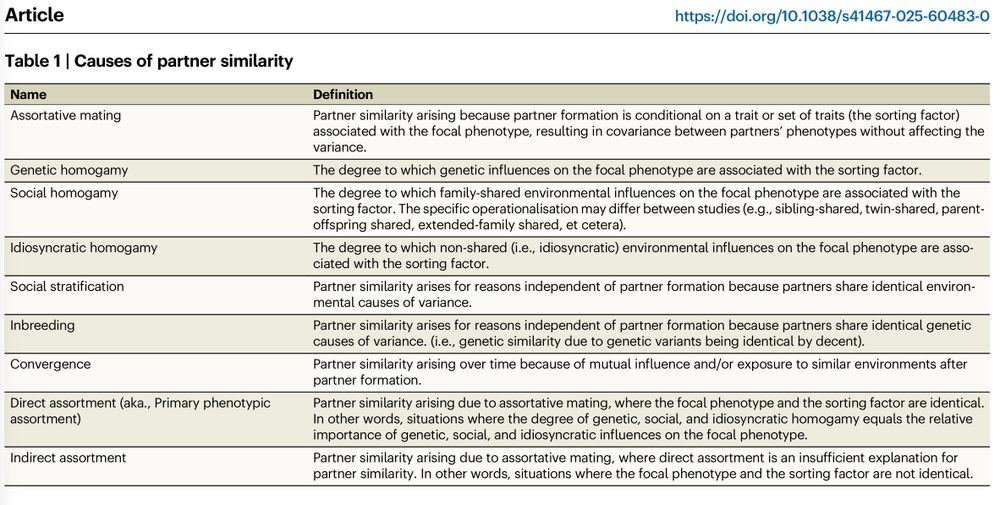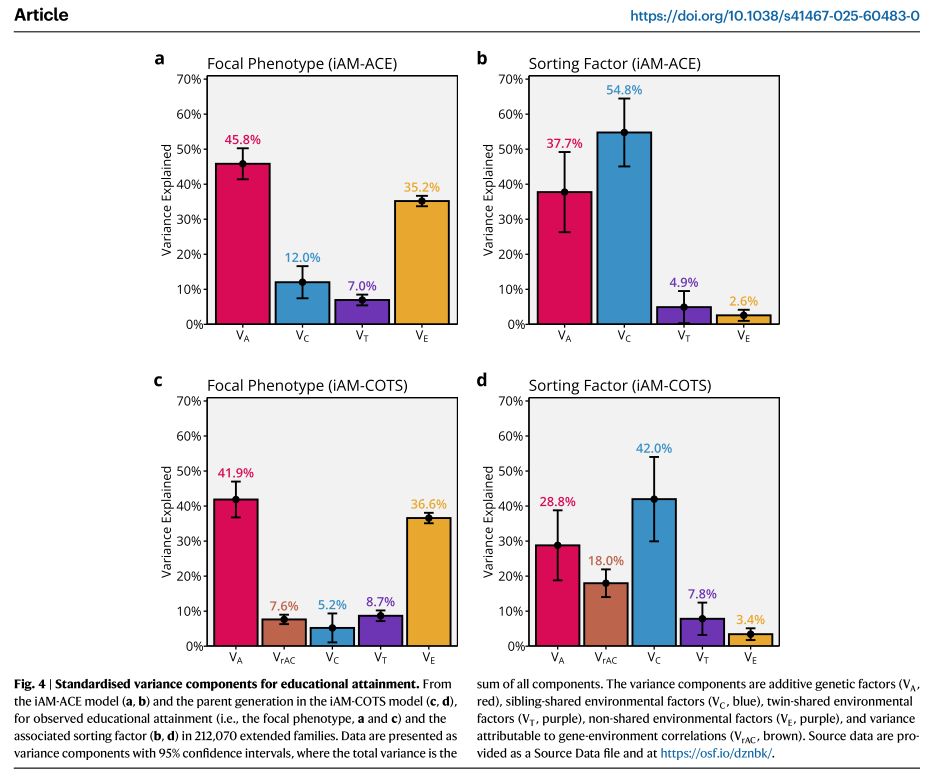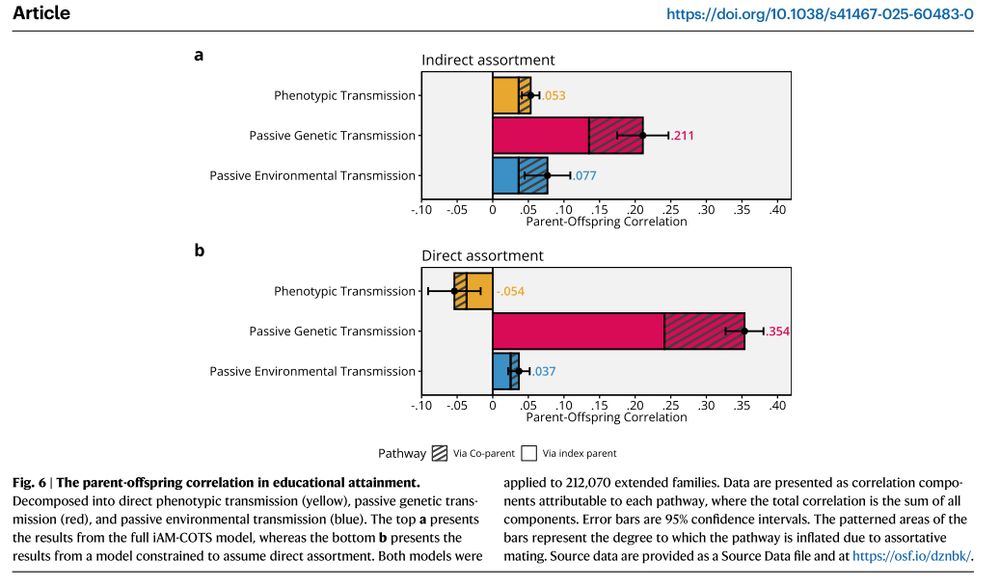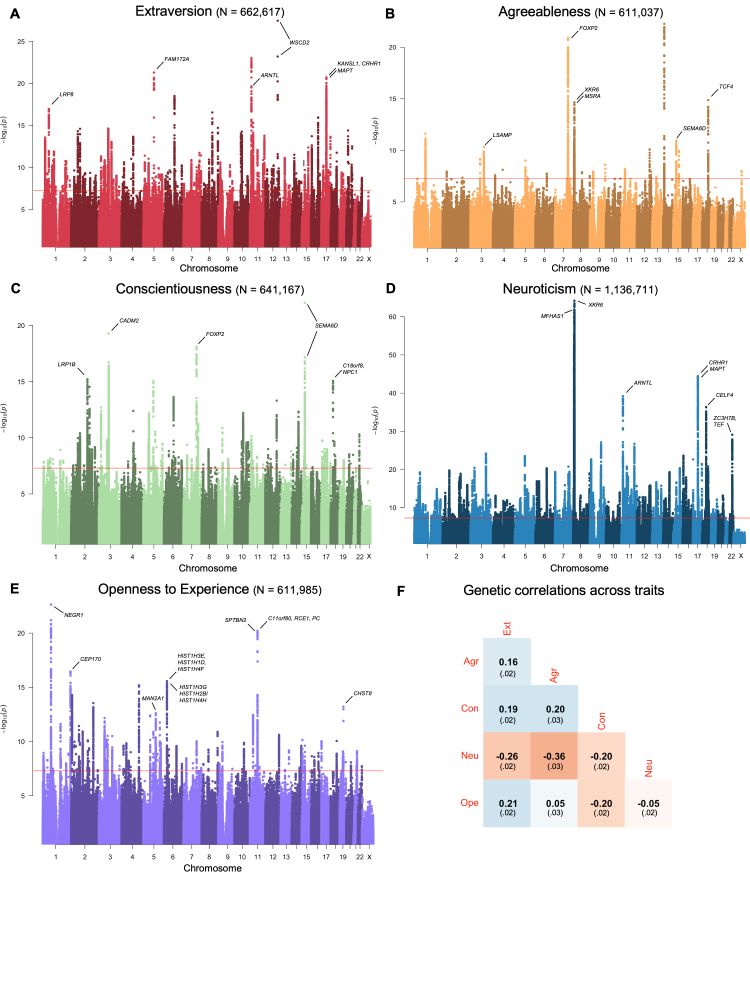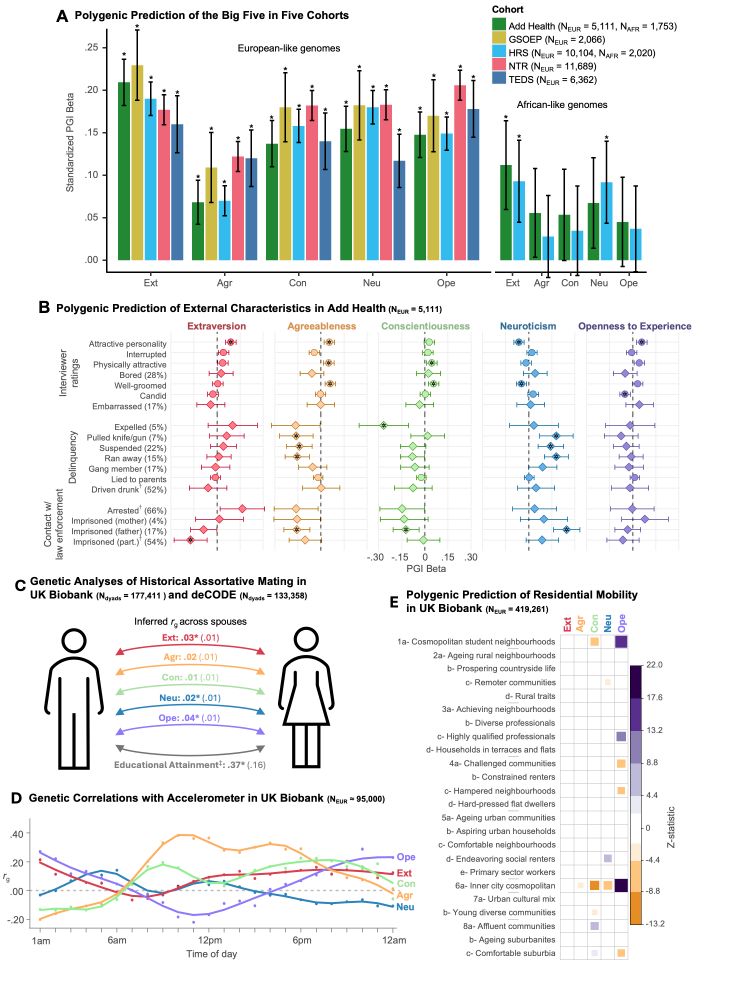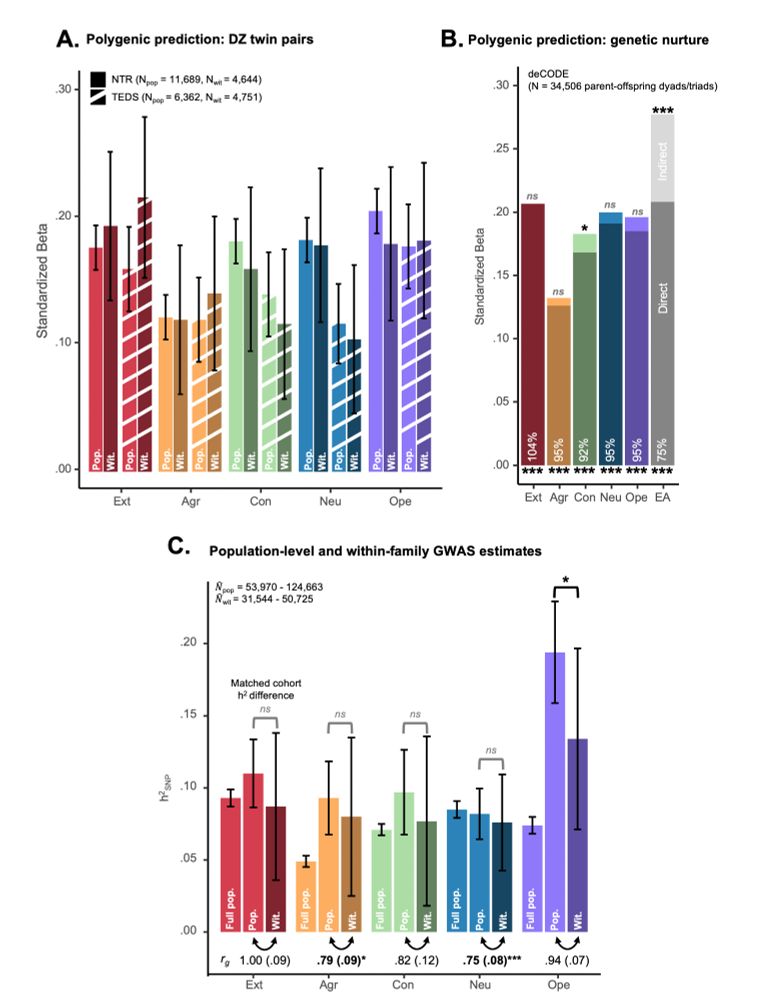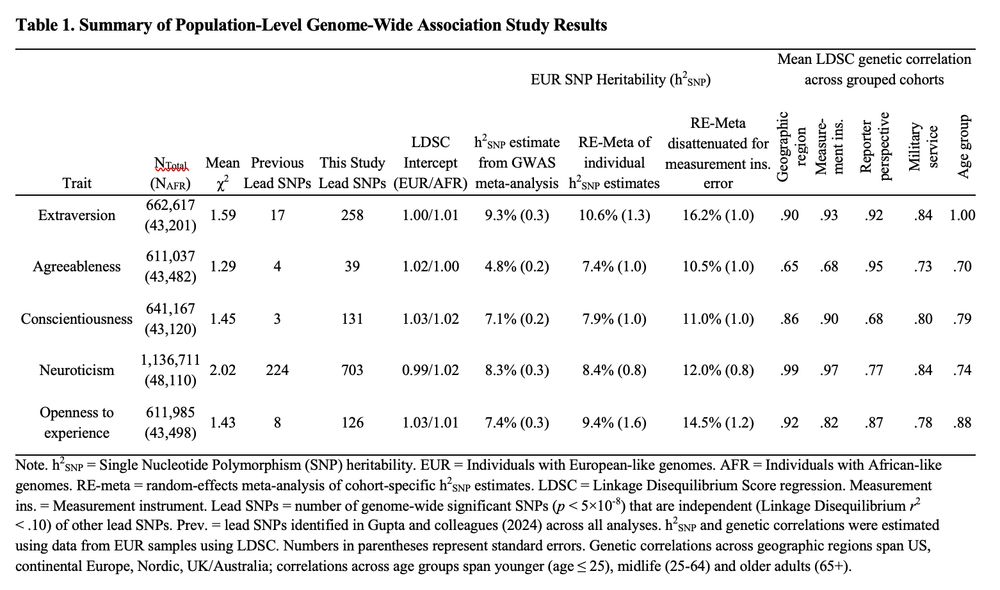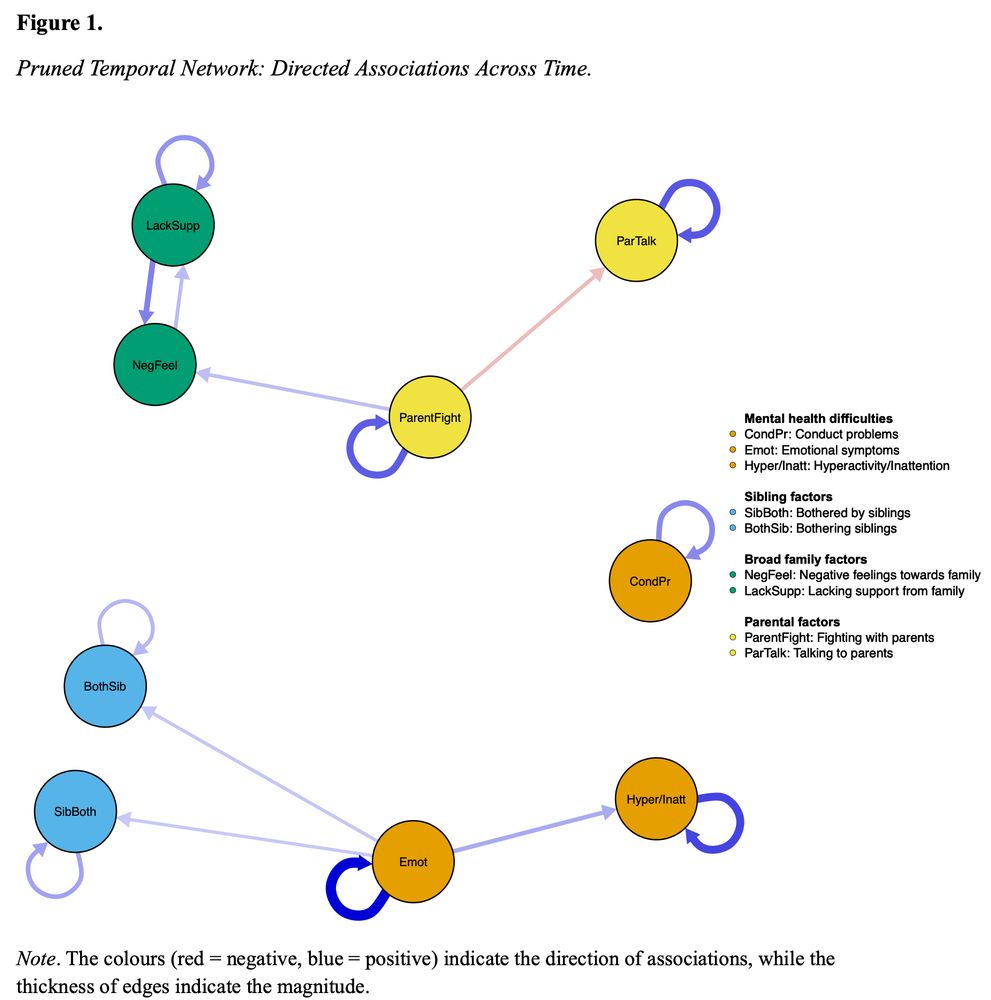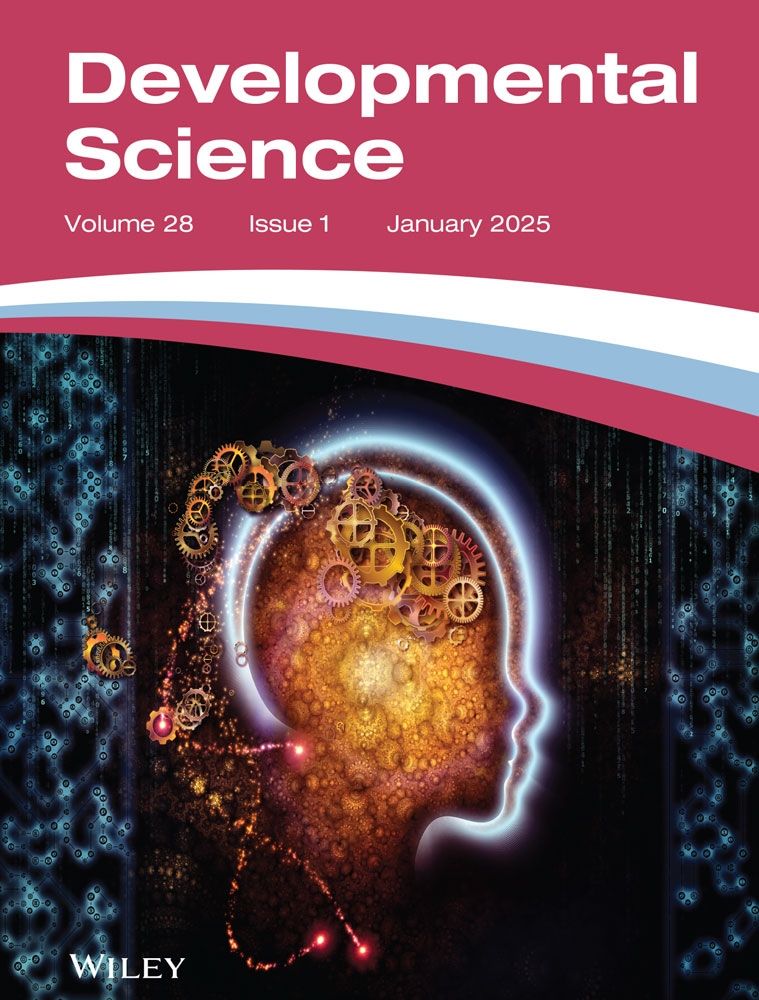Per Helge H. Larsen
@phlarsen.bsky.social
100 followers
210 following
9 posts
PhD student in developmental psychology at NTNU, researching social inequality and mental health. Broadly interested in evolution, development, cognition, emotion.
Posts
Media
Videos
Starter Packs
Reposted by Per Helge H. Larsen
Reposted by Per Helge H. Larsen
Reposted by Per Helge H. Larsen
Reposted by Per Helge H. Larsen
Reposted by Per Helge H. Larsen
Reposted by Per Helge H. Larsen
Reposted by Per Helge H. Larsen
Julia M. Rohrer
@dingdingpeng.the100.ci
· Mar 20
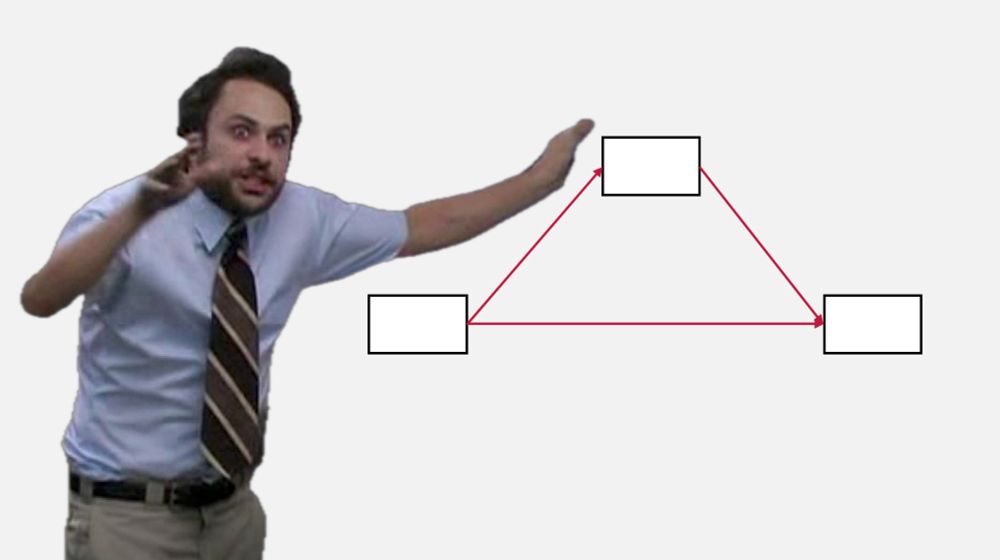
Reviewer notes: That’s a very nice mediation analysis you have there. It would be a shame if something happened to it.
Mediation analysis has gotten a lot of flak, including classic titles such as “Yes, but what’s the mechanism? (Don’t expect an easy answer)” (Bullock et al., 2010), “What mediation analysis can (not) ...
www.the100.ci
Reposted by Per Helge H. Larsen
Reposted by Per Helge H. Larsen
Reposted by Per Helge H. Larsen
Matteo Lisi
@mlisi.bsky.social
· Nov 28
Reposted by Per Helge H. Larsen
Joan Silk
@jbsilk.bsky.social
· Nov 27
Reposted by Per Helge H. Larsen







